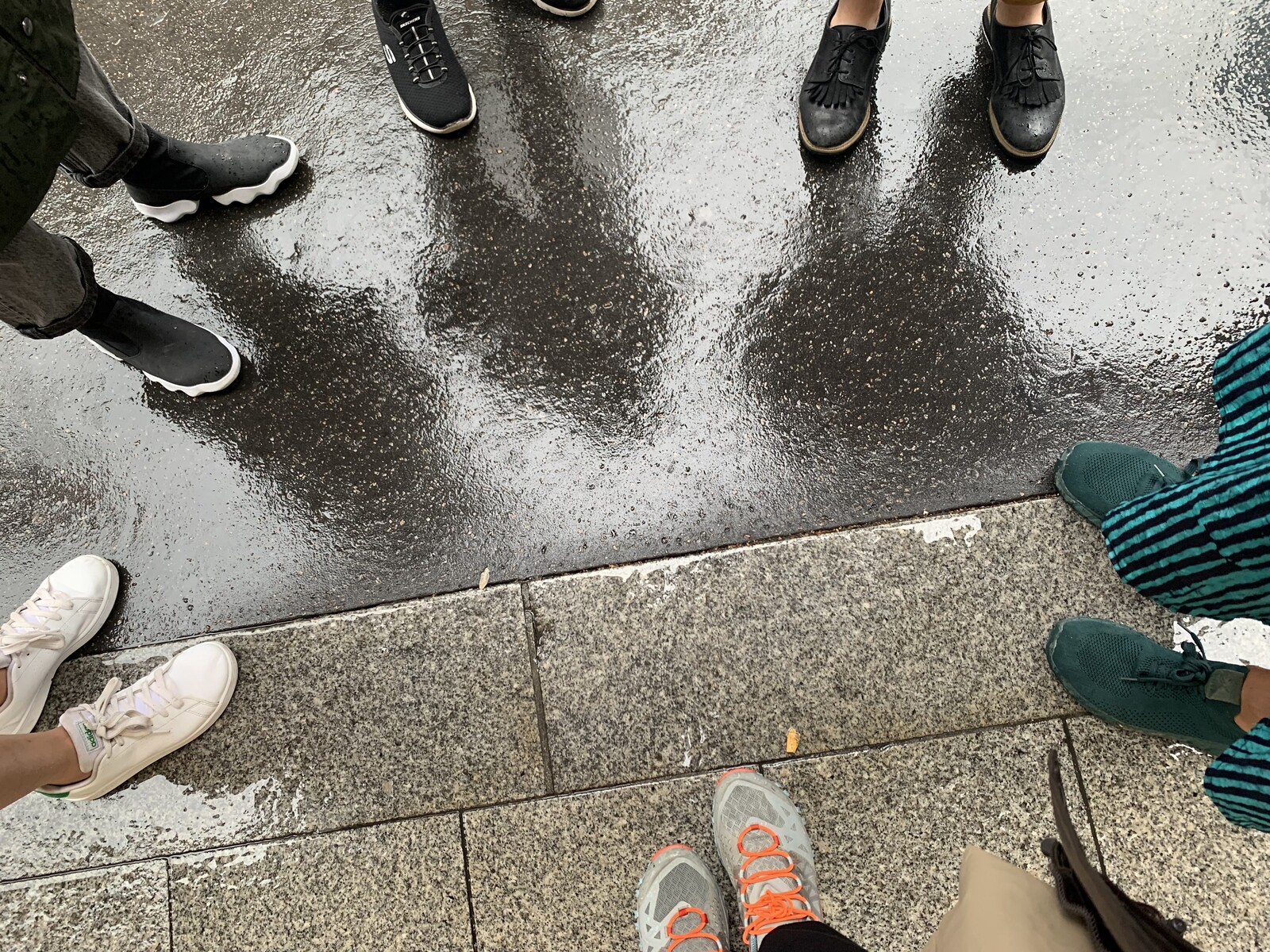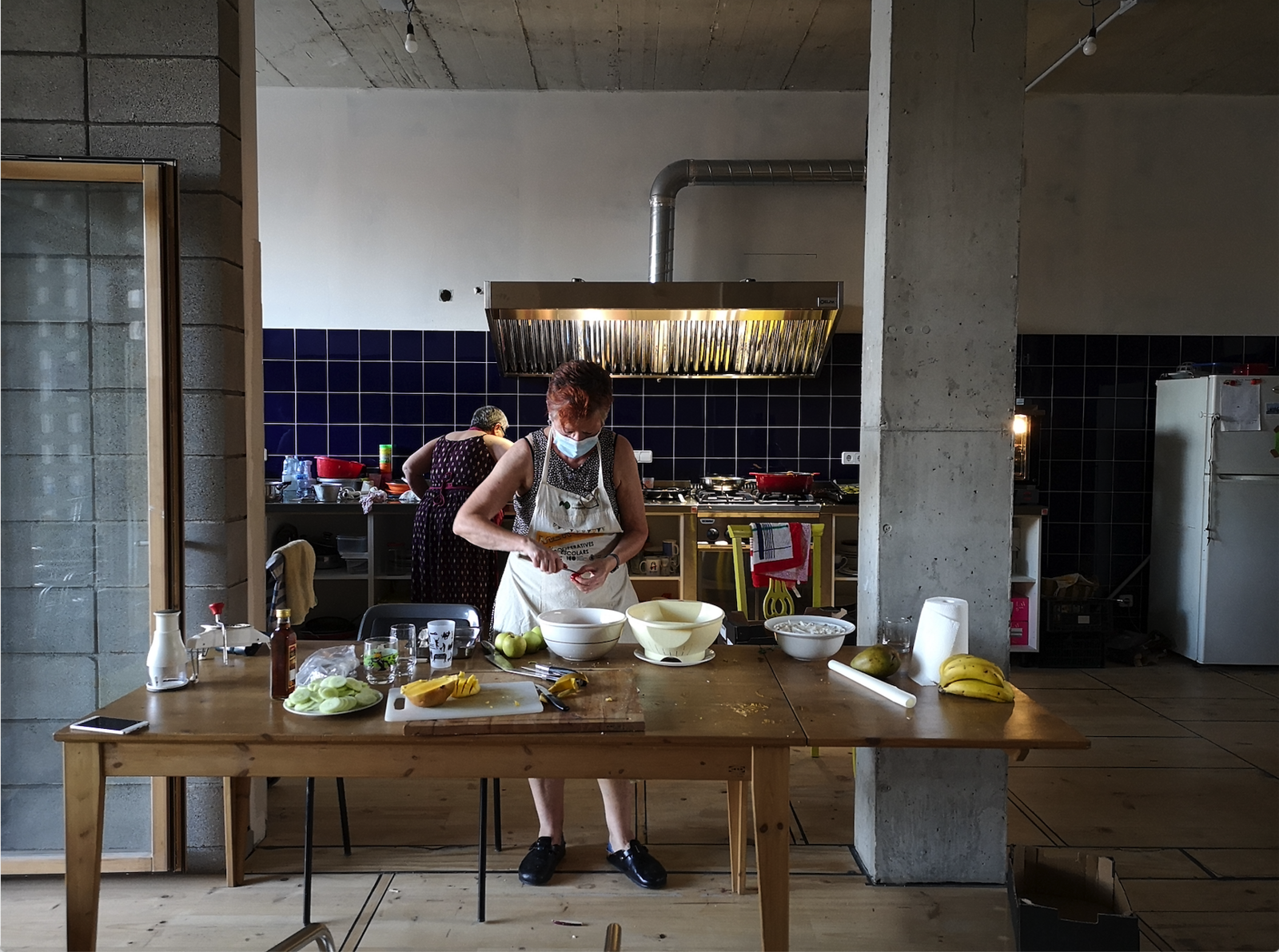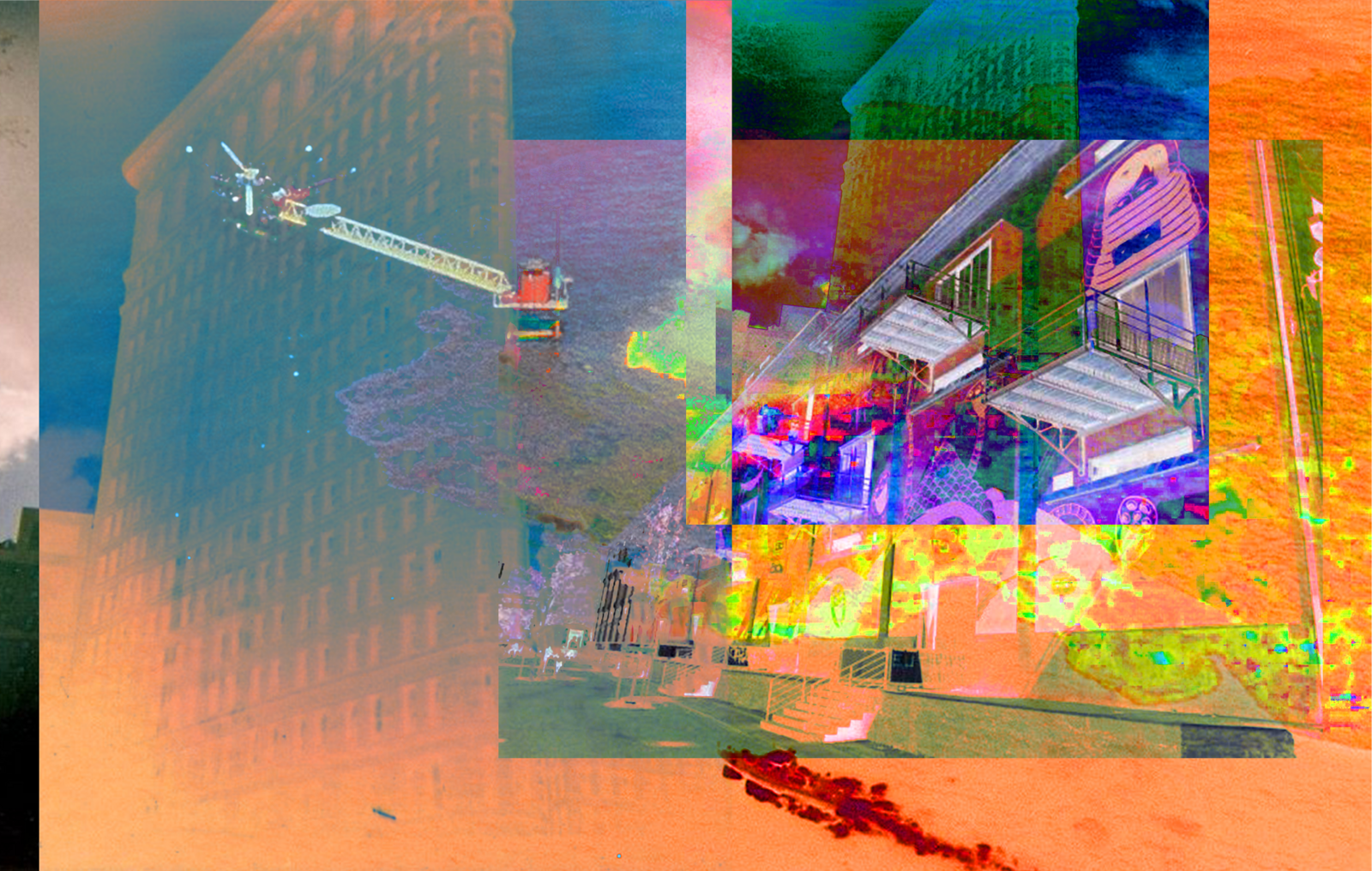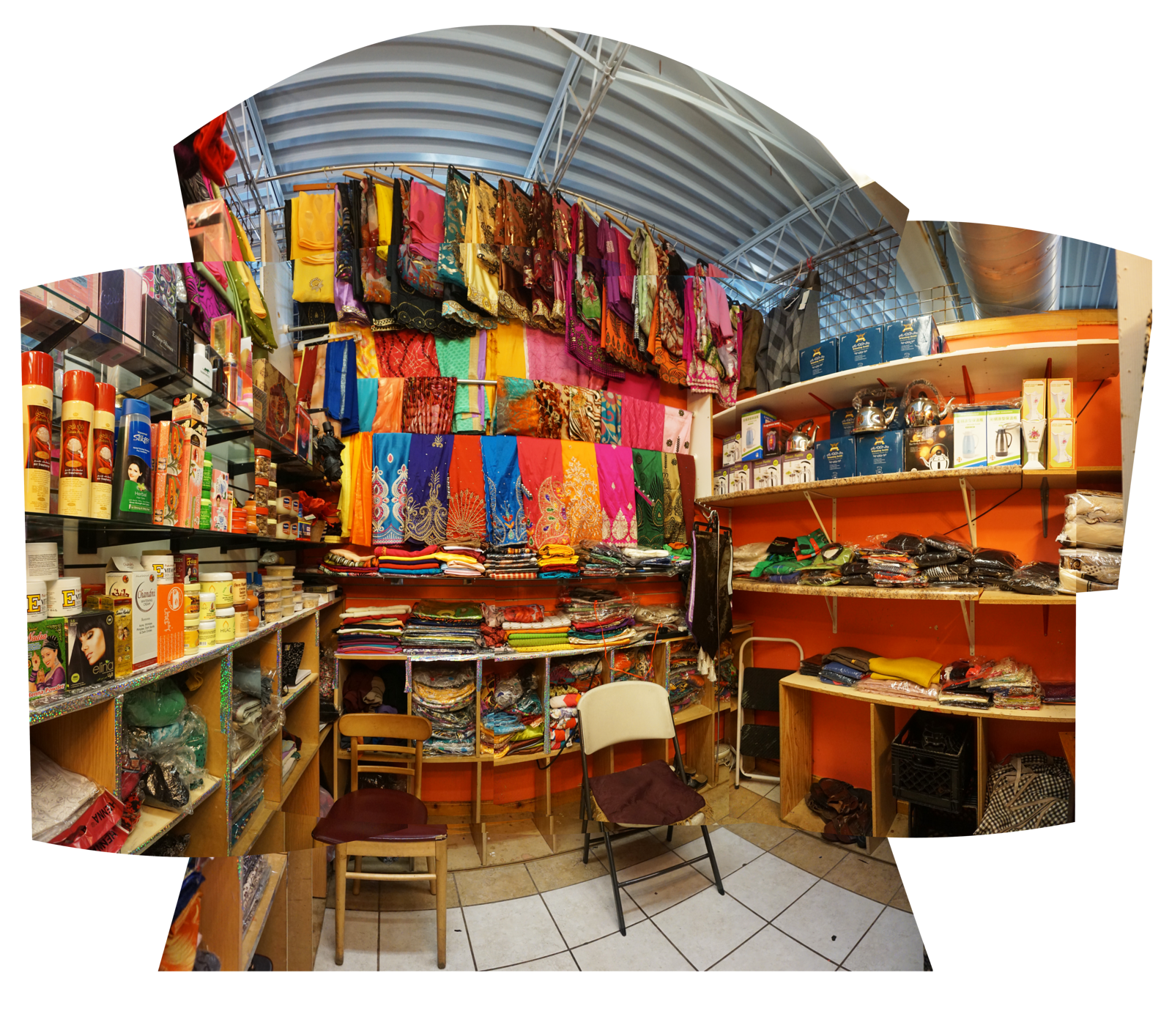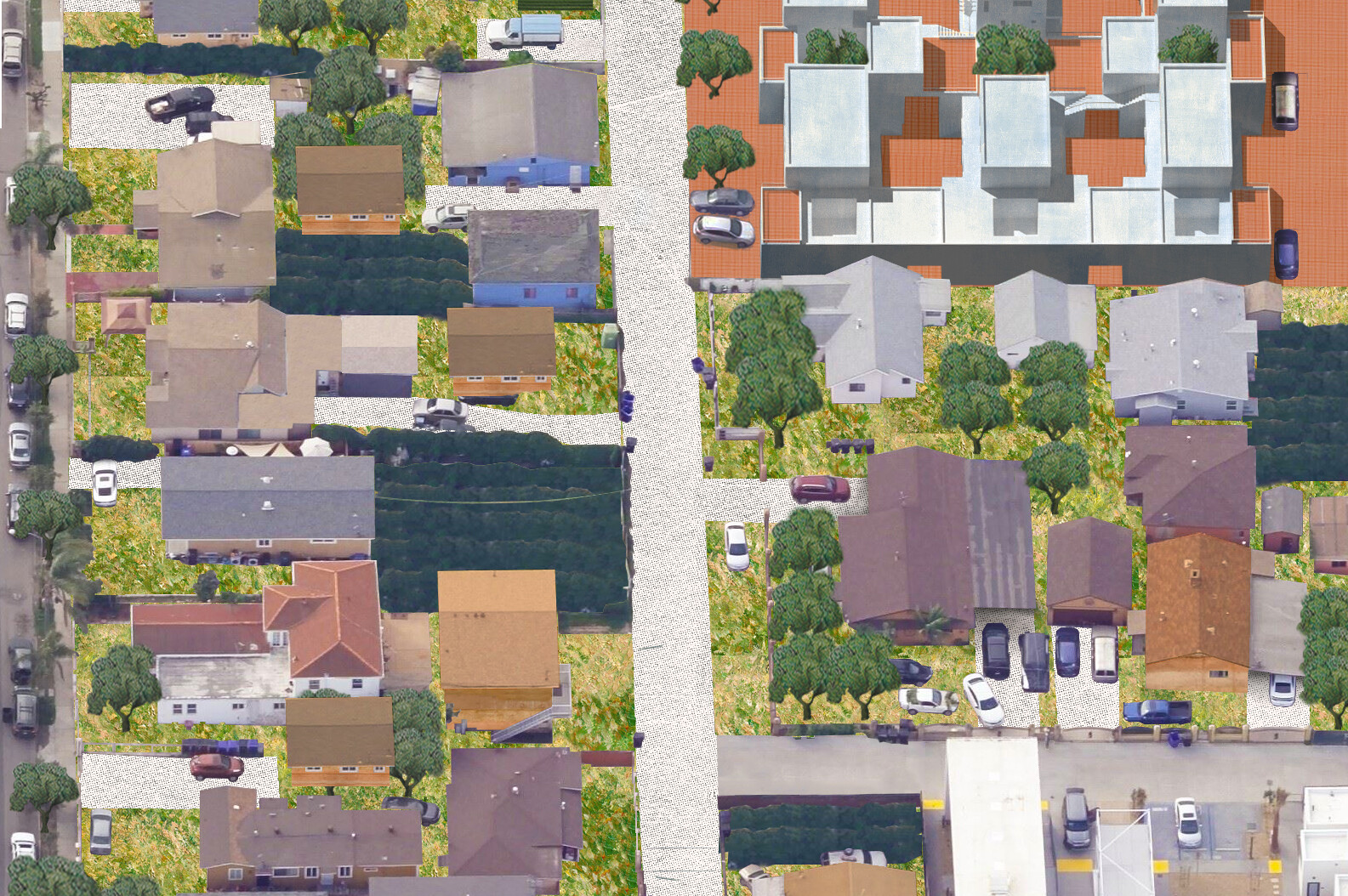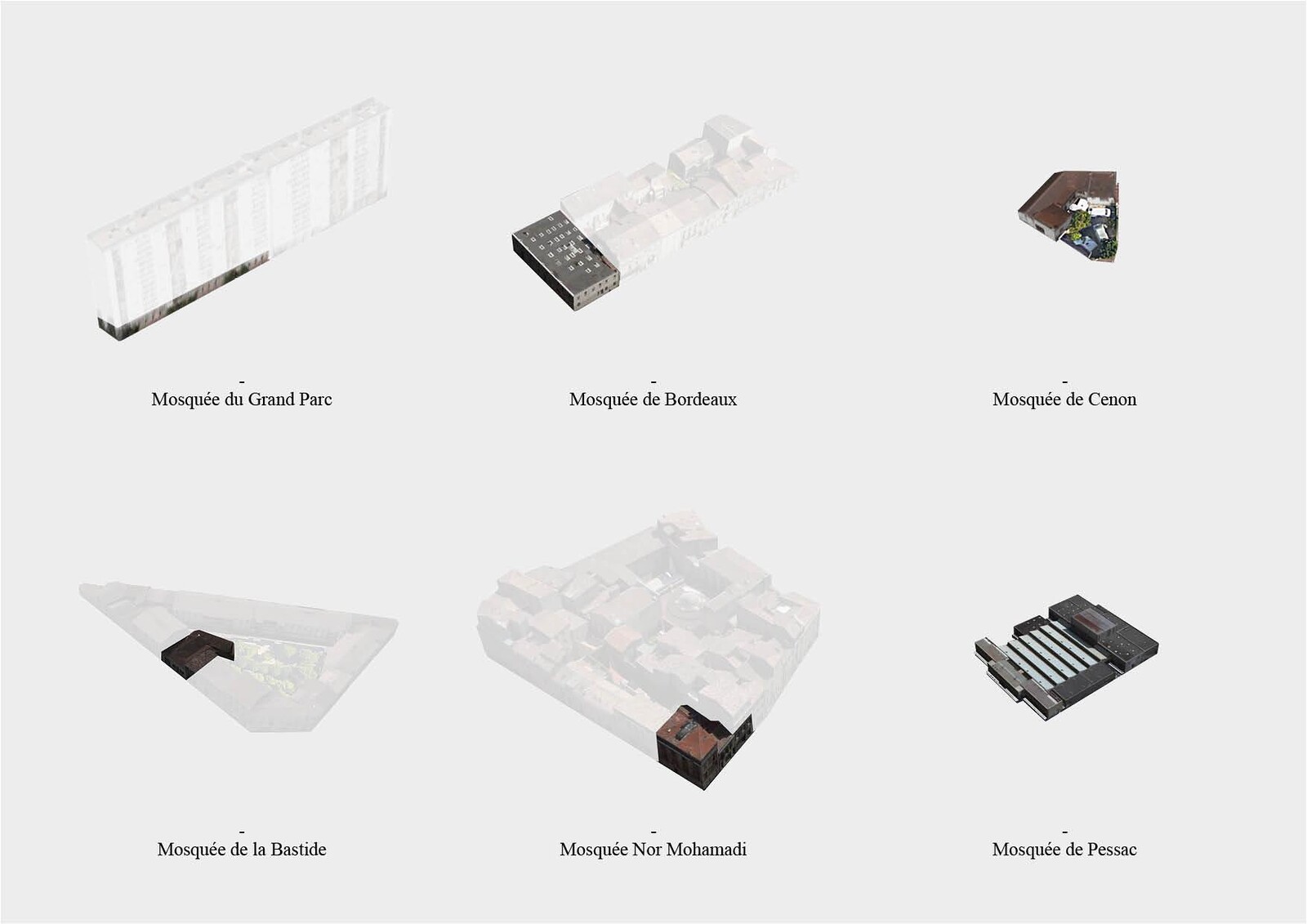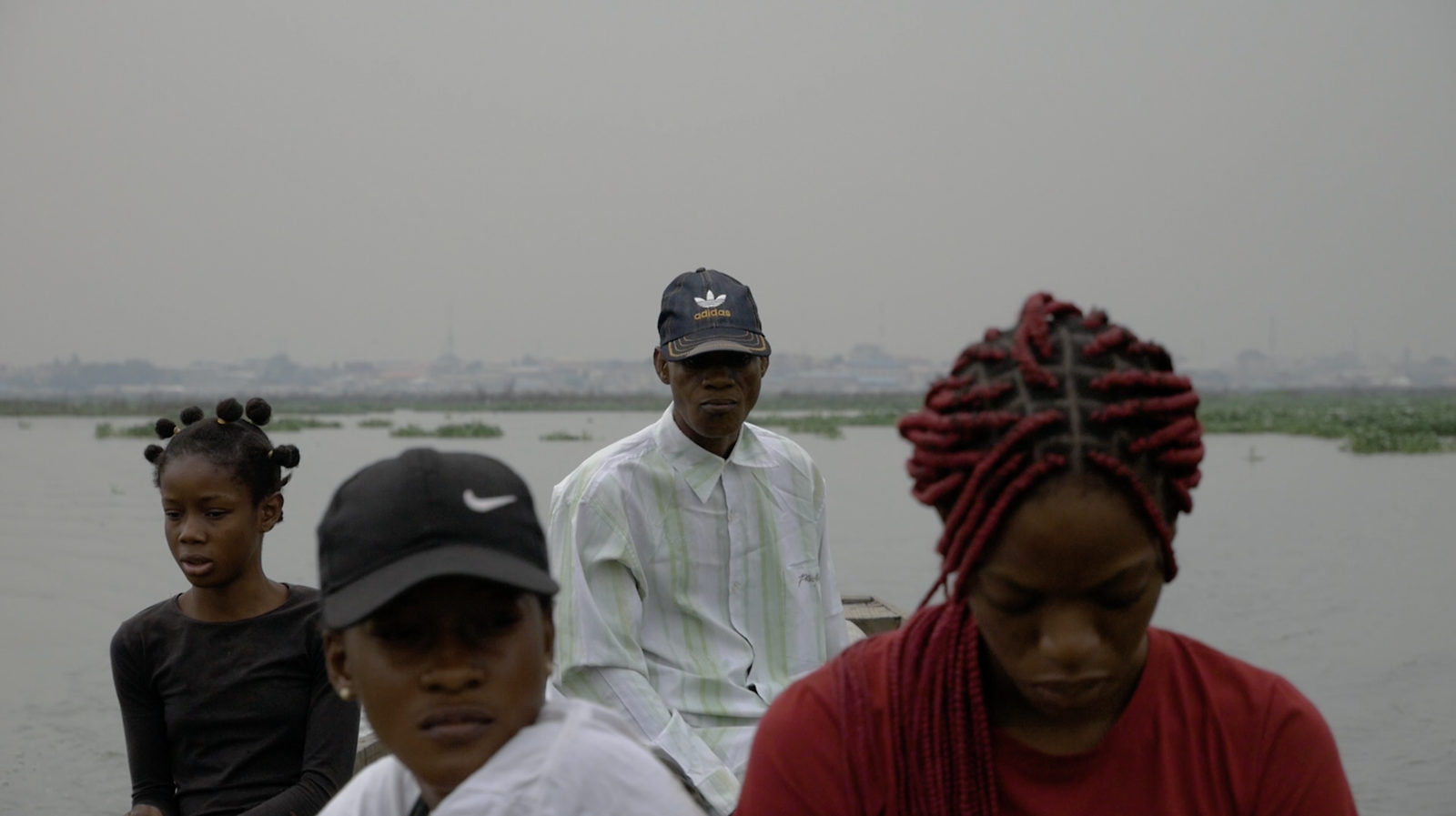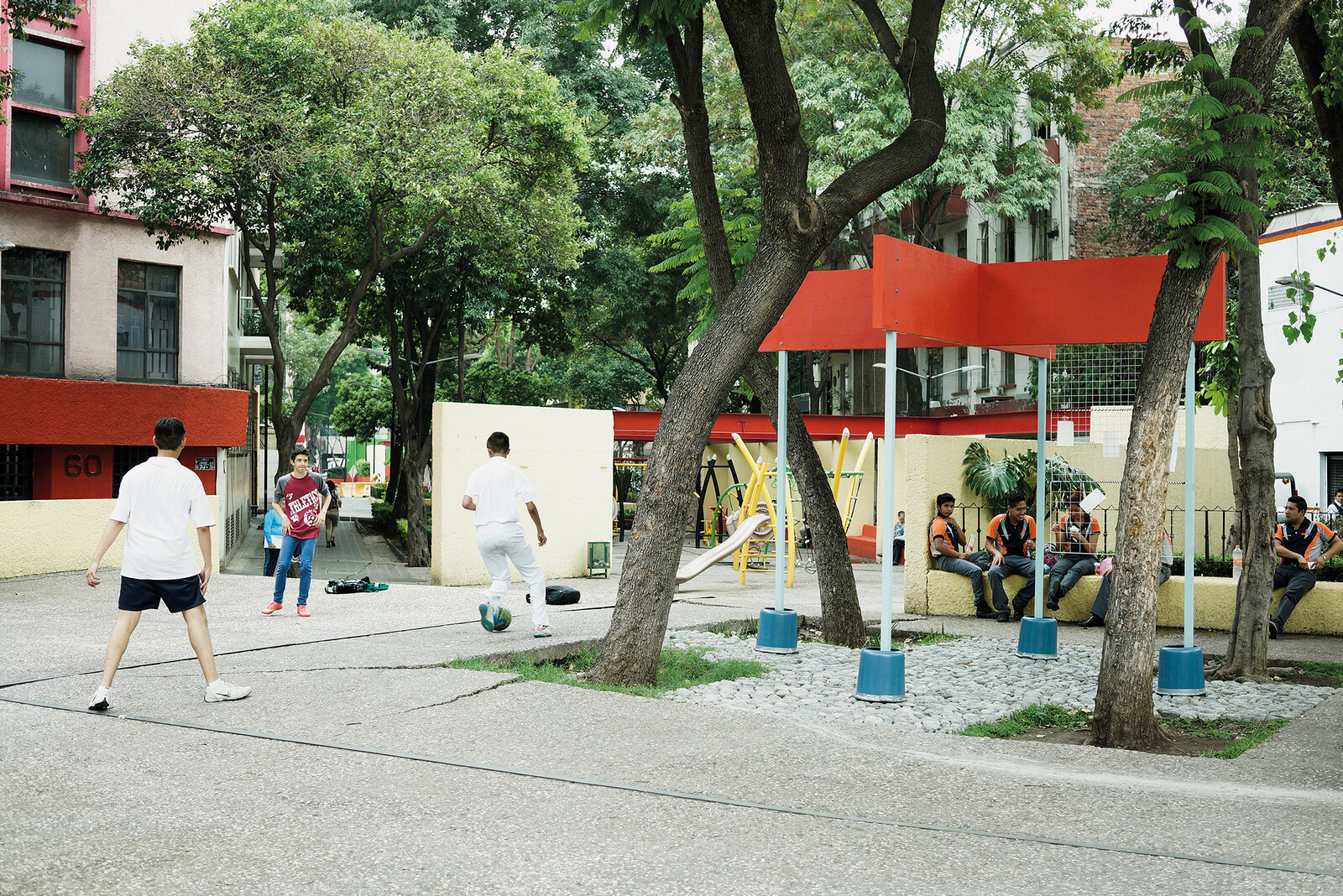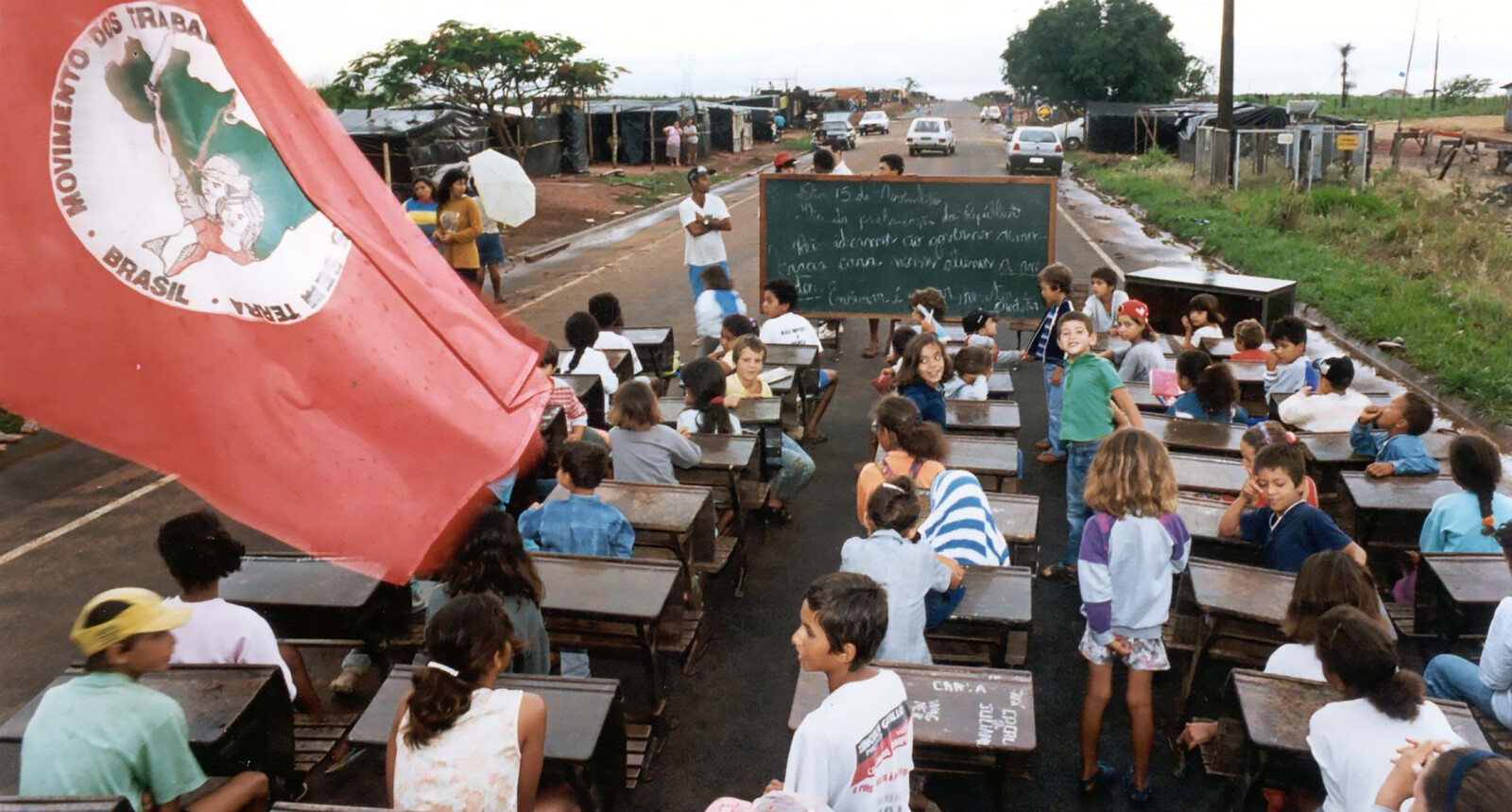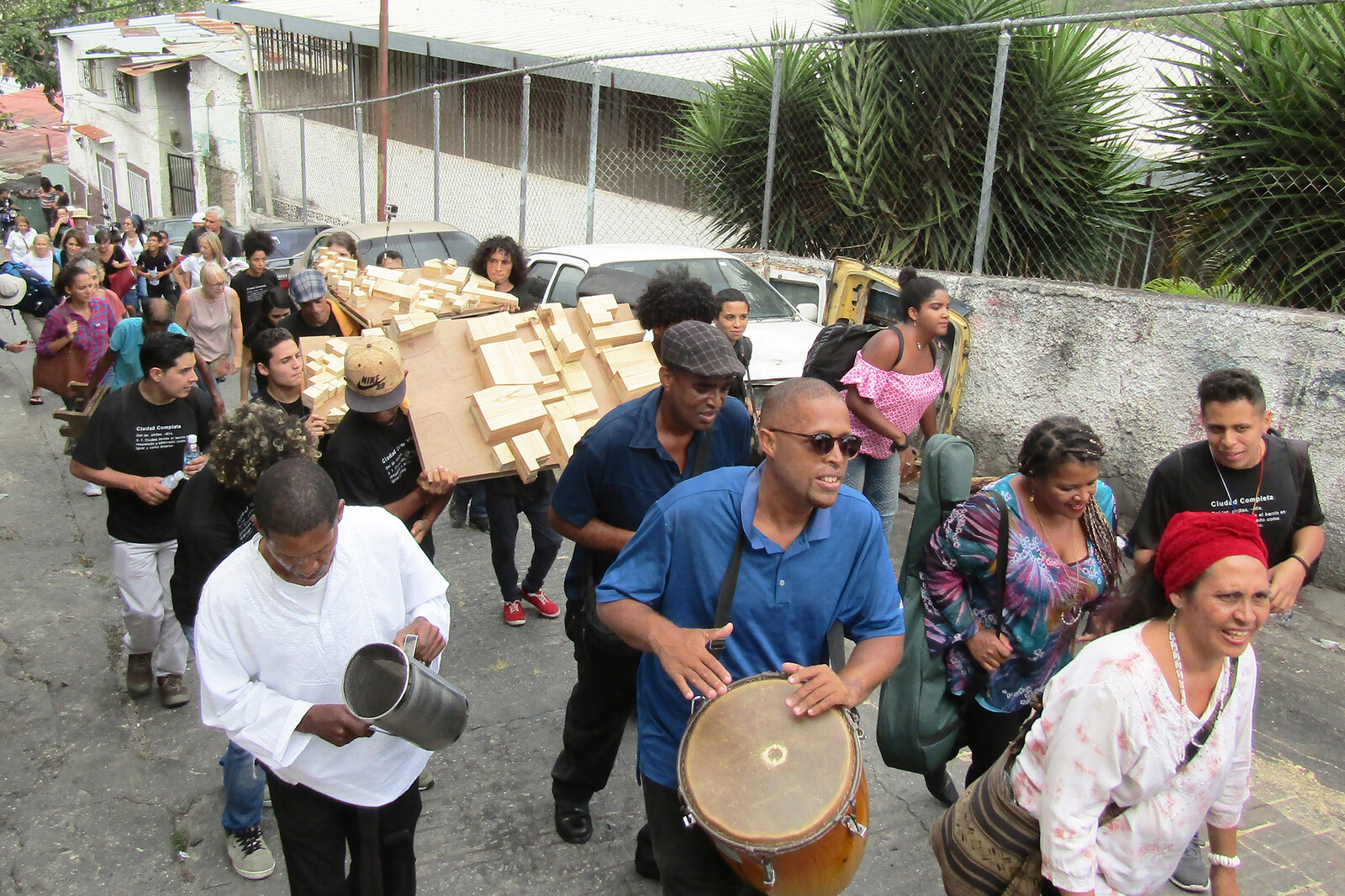The story and the walk; the South African architect Ilze Wolff pairs these powerfully in her work through “walking seminars.” She invented this methodology as a form of inquiry designed to produce new methods of seeing, recording, or describing a site or context. It is a way to give language to a story embedded in what is observed and generated through the “labor of walking.”1 This was the inspiration behind the walking tour of the historical city center in the first part of SAAY/YAAS’s engagement with Bordeaux, undertaken on the rainy morning of June 25, 2022, together with Ilze Wolff, Khensani Jurzock de Klerk, and Meriem Chabani.
With this encounter we had two aspirations: firstly, to meet the city in a confrontation with reality that refuses the purely aesthetic (the former often being stronger than the latter) and removes the idea of the city. Secondly, we wanted to confront the specter of the past and present positioned as dual paradigms. How, then, do we meet and situate ourselves in the city as a site; how do we see it and render it not as a subject or scene, but as a set of real conditions in time?
Questions like this and more have accompanied and befriended SAAY/YAAS since its inception. SAAY/YAAS formed in response to a brief that was part of the Season Africa2020 program of the Institut Français to curate an exhibition of African architecture in partnership with arc en rêve center d’architecture. As curators, we found the Season Africa2020 brief wanting, and determined that the conventional exhibition format was inadequate to represent the diversity of practices across Africa’s fifty-four countries, islands, and two territories. As all projects begin with a brief, this is where we chose to locate our inquiry.
In this return to the “ground” of the brief, the curatorial stance positioned the brief as an artifact harboring the ability to both confine and liberate ideas, thus leading to our first question: is there opportunity for freedom in the brief? As both point of departure and artifact of production, the brief is where the content of the project is defined, the desires of the client are expressed, and the role of the architect is captured by budget, site, zoning, and aspiration. The brief is therefore rooted in architectural practice, discourse, and knowledge generation, rendering it a construct ripe for picking (apart). We bent the Season Africa2020 brief towards inclusivity by creating a digital platform called :her(e), otherwise; a place to host the work of African/diaspora women architects, spatial thinkers, and practitioners by providing a space to platform their work without hierarchy. Seizing the Covid travel restrictions as an opportunity, we further inverted the brief and staged the platform’s launch in Ghana, not France. As we never made it to France in either 2020 or 2021, arc en rêve invited SAAY/YAAS to Bordeaux in June 2022, with a brief to program an event as part of the exhibition “common, community driven architecture.”
SAAY/YAAS—Patti Anahory, Mawena Yehouessi, and myself—responds to invitations and briefs that are full of contradictions and ambiguities that we never fully command. As a result, we are often persistent strangers to the site, outsiders teetering on the edge of illegitimacy, and always in search of a methodology. Mark Wigley argues that legitimation can only be made or manufactured; that we all begin as illegitimate and only by announcement or decree are we made legitimate.2 What, then, constitutes legitimacy? Does it reside in the form of declaration, or in the declarative forming of a methodology? In Bordeaux, our merry little band of flaneuse began life as illegitimate. Yes, we were invited, but was it only through announcing our presence with a “wandering walk” that we morphed into legitimacy?
If legitimacy is conferred by announcement or decree (Wigley), the form of performative declaration we chose was “call and response.” Call and response questions the process of brief-making, and positions both the brief and the production of the brief as a public, collective act. It offers the brief as a site for others to occupy, elevating occupation to the status of a research methodology. This also enacts a paradigm shift of the brief from a document of closed certainty (rooted in Newtonian traditions of conclusive authority), to one in which it operates as both a site of inquiry and a site of production. The resulting brief-as-artifact is open, uncertain, ephemeral, almost fugitive.
As a public, oral, dialectical tradition that is vernacular in both mood and disposition, call and response demands the physical proximity of those called and, in an act of “genetic drift,” shifts the mode of practice away from the past and into the temporal and present, diverging from comfortable certainty towards the unpredictable.3 In Bordeaux, the past is delivered as a finished mnemonic work, ideal for nostalgia. By contrast, the present has no finished product, only a continual search to show what is. The past is a process on which the conditions of the present hang with no singular operating system to determine how they play out. As a result, multiple orders prevail; multiplicities that exist not in a fatalistic duel, but in a form of zoetic elastic exchange. To test this methodology, more than calling on Ilza, Khensani, and Meriem to respond to a brief, we turned the brief over to them. We asked whether this method of occupation can harness the veiled ability of the fugitive brief to interrogate, dismantle, and eventually release its liberating potential.
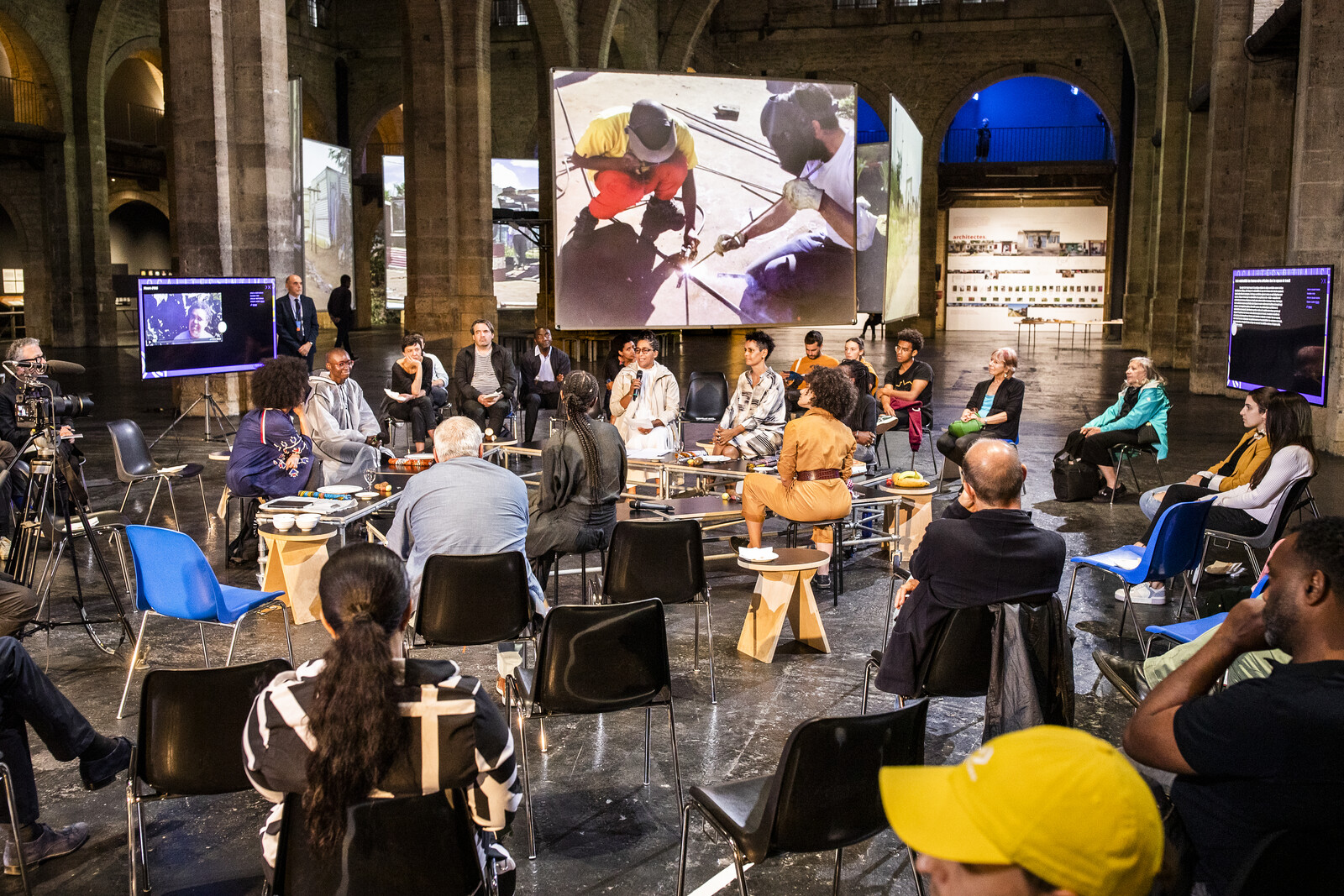
her(e): Bordeaux, June 25, 2022. Image courtesy of arc en rêve center d’architecture.
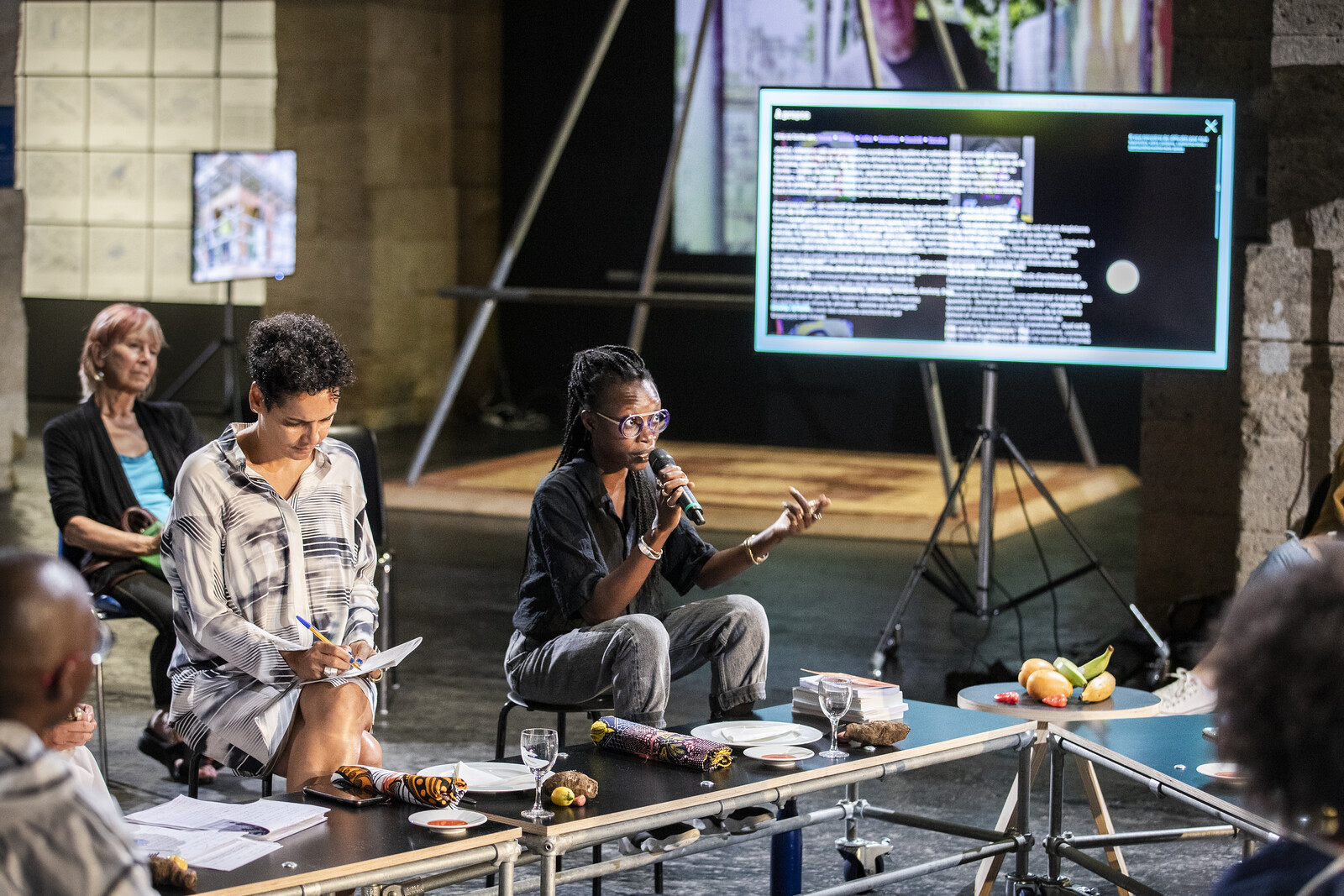
her(e): Bordeaux, June 25, 2022. Image courtesy of arc en rêve center d’architecture.
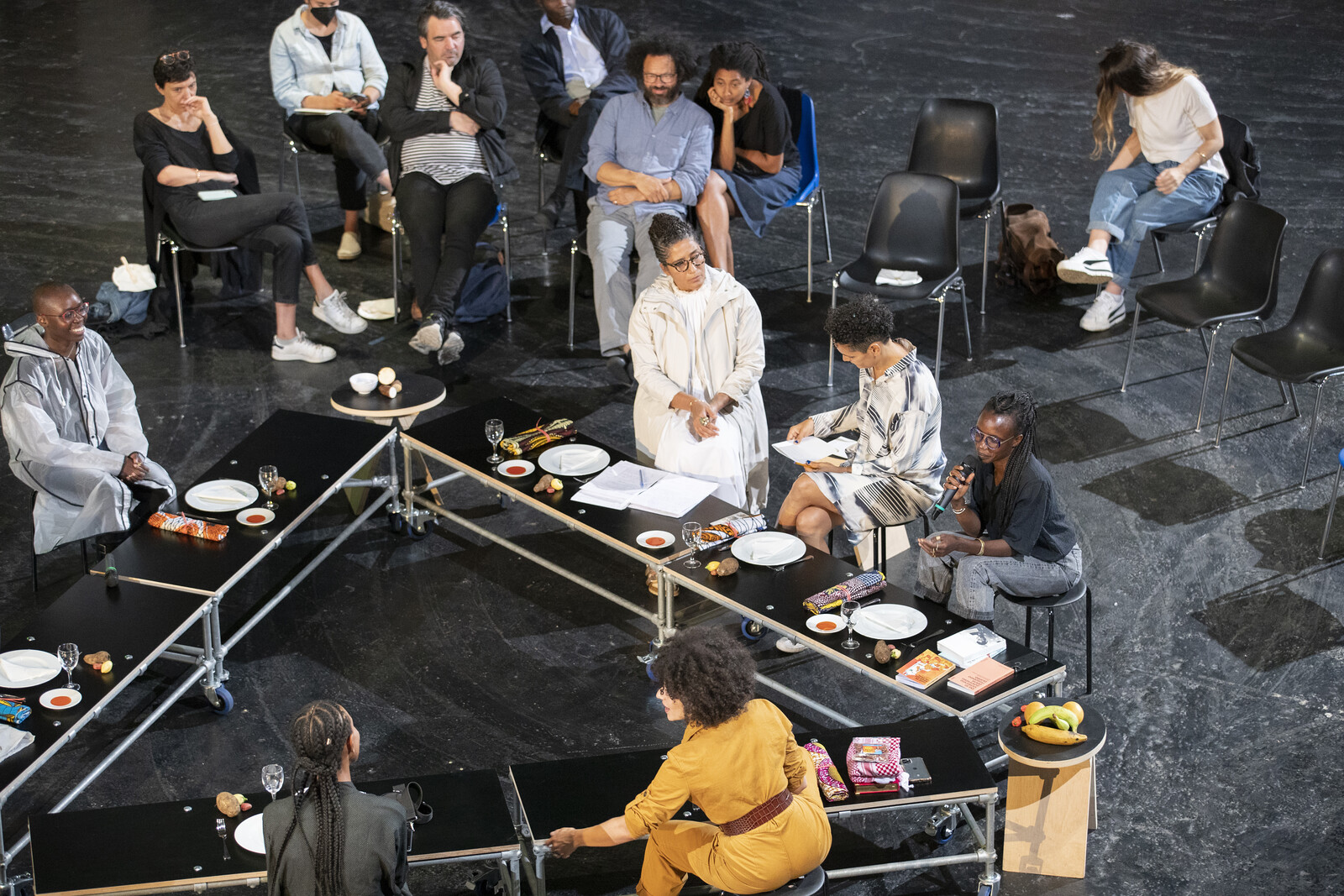
her(e): Bordeaux, June 25, 2022. Image courtesy of arc en rêve center d’architecture.
her(e): Bordeaux, June 25, 2022. Image courtesy of arc en rêve center d’architecture.
Our point of departure for this experimental tryst with the city was the sidewalk. Reflecting our particular interests and forms of engagement, we each led a part of the walk to places where we staged encounters with systems and products of the French imaginary. We told stories and relayed jokes, performed rituals and explained fables, gossiped and sang, countered myths and examined facts. We collected tokens of cloth and food, mementos of tourism, artifacts of music, and photographs of remembrance. We referenced such articles of exchange as moments when France and Africa meet and have contact; where, en passant of something French, you encounter something African. Through the mechanizations of walking, the vernacular of the sidewalk became our laboratory, atelier, speakers’ platform, and classroom. The city itself, however, lingered elusively out of reach, our relationship remaining illicit.
In the second part of the Bordeaux brief translation, we gathered at the “table” and in a miscellaneous medley of emblematic metaphors, proposing an allegorical interruption of the reified past in the form of a “dinner” at which each participant offers a prompt and/or artifact collected on the walk. The table was formed as a symbolic triangle, representative of the “commerce triangular” of the slave and goods trade that fueled Bordeaux’s wealth. The triangle is the most stable structural form and. in a gesture indicative of instability, one end of the triangle was left open. The table also conceptually referenced The Dinner Party (1979) by Judy Chicago, a ceremonial banquet commemorating important women from history.4 On a more prosaic and perhaps important note, the triangular form allowed us to look at each other when speaking, evoking the vernacular of the kitchen table—long a place of intimate refuge—while refusing the enfilade-like linearity of a speakers’ dais. In this act of mise en abyme, the table was the stage and the stage was the table.
During the course of the dinner, we each spoke to the particularities of the artifacts obtained and stories uncovered during the walk. We spoke to the manufacture of a French rationality found in the authority of monuments such as the Girondins Monument at Place des Quinconces, where the ships carrying enslaved Sene-Gambians first unloaded their “cargo”; in the elegantly curved and twinned façades of Place de la Bourse, sporting African-featured gargoyles amplified by a reflecting pool in a feat of “colonial doubling”;5 in the statue of Al Pouessi/Modeste Testas, an enslaved-then-freed Ethiopian/Haitian;6 in Yespark, Bergonie, formerly known as “Parking Senghor,” in which parking as non-memorial erases the name it presupposes;7 in the food and plants of the Sene-Gambia and Antilles, serving to write the Atlantic cultures into the city and allowing immigrants to eat their feelings;8 in the contemporary Mosque Nour El Mohamadi, and its forced near-invisibility;9 and in African music, the original mnemonic and intrinsic form of call and response.10
The dinner culminated in inviting the audience to participate in a meal prepared on site by Chef Jean using ingredients and recipes from the Antilles (specifically Guadeloupe). The entire days’ walk and evening program was a performance of improvised exchange, an outcome valued as an activity that, in the words of Randy Tertel, “claims to be composed in the moment of composition, often in unruly fashion.”11 Tertel further speaks of a form of cognitive mapping that characterizes call and response as the productivity of improvisation.12 Through the mechanisms of the walk and the collection of artifacts, we created a perceivable map of the city derived from our embodied experience; an improvisational process well calibrated to the particulars of call and response and utterly in alignment with the peculiarities of the fugitive brief.
Ilze Wolff, GSA Lecture Series #02, Graduate School of Architecture (GSA), University of Johannesburg, March 15, 2022.
Mark Wigley, “Architecture 561: Topics in Contemporary Architectural Theory,” Princeton University School of Architecture, Spring 1997.
See ➝.
Judy Chicago (American, born 1939). The Dinner Party, 1974-79. Ceramic, porcelain, textile, 576 x 576 in. Brooklyn Museum, Elizabeth Sackler Foundation, 2002.10.
Led by Tuliza Sindi.
Led by Khensani Jurzock de Klerk.
Led by Mawena Yehouessi.
Led by Patti Anahory.
Led by Meriem Chabani.
Led by Ilze Wolff.
Randy Tertel, “Mapping Improvisation: The Role of Call and Response in Urban Planning,” Common Ground, January 4, 2022.
Tertel, “Mapping Improvisation.”
In Common is a collaboration between e-flux Architecture, the Chicago Architecture Biennial, UIC College of Architecture, Design, and the Arts, and arc en rêve within the context of its exhibition “common, community driven architecture.”
